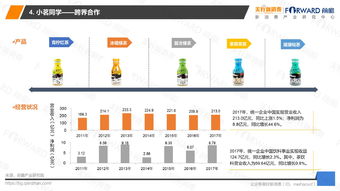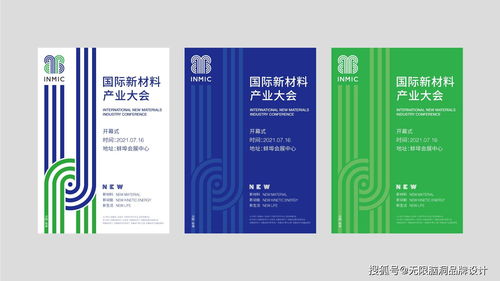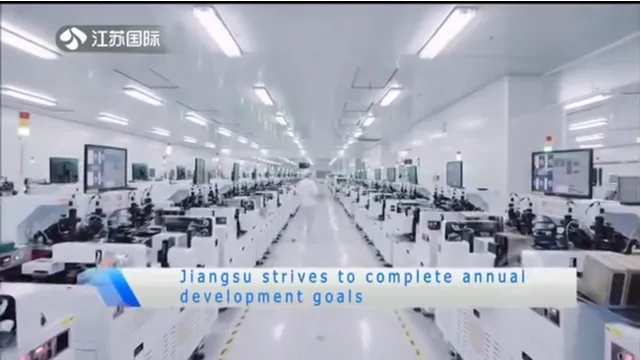The Art of Textile Forming Detection:An In-Depth Examination
In the world of textile manufacturing, formability refers to the ability of a material to be deformed into various shapes. This property is crucial in determining its usability and durability, as it affects not only its functional performance but also its aesthetic appeal. In this essay, we will delve into the science and practice of textile formability detection, exploring the different methods employed and their implications on the quality and safety of the products produced.
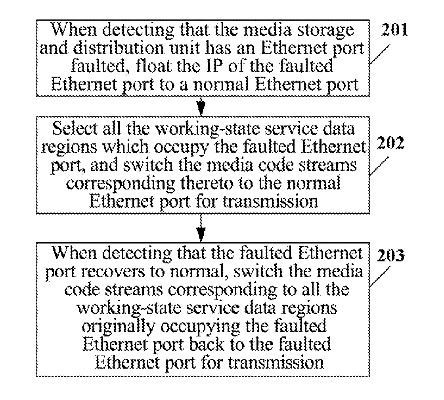
Firstly, let's define what we mean by textile formability. In simple terms, formability involves the ability of textile materials to be stretched, molded, or shaped into a desired configuration with minimal resistance or damage. This property is influenced by various factors such as the fiber content, structure, and finish of the fabric, as well as the processing techniques used in its manufacture.
Now, let's take a closer look at the different methods used for textile formability detection. One common approach is the use of tensile testing machines, which measure the stress required to deform a sample under controlled conditions. These tests provide valuable information on the elasticity and resilience of the material, allowing manufacturers to optimize production processes and improve product quality.
Another technique commonly utilized in formability testing is the compression test, which measures how much force is needed to compress a sample against a fixed surface. This test helps to evaluate the strength and stability of the material, as well as its ability to maintain shape during handling or storage.
Furthermore, thermal analysis is another important tool in the formability assessment of textiles. By examining the heat flow and temperature gradients generated during processing, manufacturers can determine the optimal conditions for fabrication and ensure that the resulting products meet specific thermal requirements.
In addition to these quantitative tests, qualitative inspection methods are also essential. For example, visual examination allows for the identification of defects or irregularities in the fabric, while sensory testing provides insights into how the material feels to touch or when worn. These qualitative evaluations help to refine the process and improve overall product quality.
One particularly interesting case study involves the development of a new high-performance sportswear fabric. The company involved in this project conducted comprehensive formability testing on several variants of the fabric using both tensile and compression tests. They also conducted sensory testing to assess the comfort and feel of the fabric, as well as thermal analysis to ensure it met all necessary standards for athletic wear.
As a result of these rigorous tests, the team was able to identify an optimal combination of fibers and processing techniques that resulted in a fabric that could withstand intense physical activity without losing its shape or feeling uncomfortable. This innovative approach not only improved the performance of the sportswear but also demonstrated the power of scientific testing in driving innovation in the textile industry.
In conclusion, textile formability detection is an intricate and multifaceted process that requires a range of tools and techniques to fully evaluate the properties of a fabric. From quantitative tests like those mentioned earlier to qualitative inspection methods, each one contributes to ensuring that the final product meets the needs and expectations of its users. As we continue to push the boundaries of textile technology, the importance of formability testing will only grow, providing manufacturers with the precision they need to produce products that not only meet but exceed customer expectations.
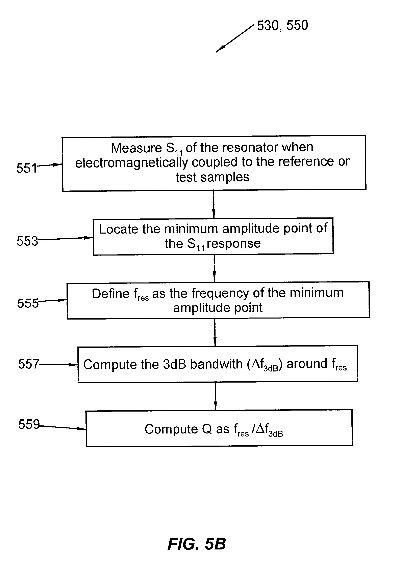
纺织品形变检测的重要性
在纺织品的生产、加工和流通过程中,形变检测是一项至关重要的环节,它不仅关系到产品质量和安全,还直接影响到纺织品的性能和寿命,通过形变检测,可以及时发现纺织品在生产、运输和使用过程中的形变情况,从而采取相应的措施,确保纺织品在使用过程中的稳定性和可靠性。
纺织品形变检测的方法与原理
纺织品形变检测的方法主要包括物理检测和化学检测,物理检测是通过观察纺织品在拉伸、压缩、弯曲等形变过程中的物理特性变化,来判断纺织品是否存在形变,化学检测则是通过分析纺织品中的化学成分和结构变化,来判断纺织品是否存在形变。
形变检测的原理主要包括弹性力学原理、材料力学原理和计算机图像处理技术等,弹性力学原理告诉我们,形变是材料在外力作用下发生的物理现象,可以通过测量材料的形变量来判断其是否存在形变,材料力学原理则告诉我们,不同材料的形变性能不同,可以通过分析材料的力学性能来评估其形变能力,计算机图像处理技术则可以帮助我们更准确地分析纺织品形变过程中的图像特征,从而更准确地判断纺织品是否存在形变。
纺织品形变检测的案例分析
某纺织公司的纺织品形变检测
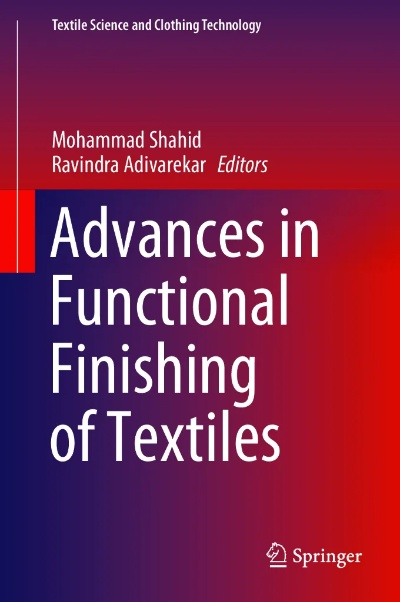
某纺织公司在生产过程中发现了一批纺织品存在明显的形变情况,经过形变检测,发现这些纺织品在拉伸过程中出现了明显的裂纹和变形,为了确保产品质量和安全,该公司立即采取了相应的措施,对生产过程中的设备进行了维修和改进,并对纺织品进行了重新检验和处理,经过一段时间的使用,这些重新检验处理的纺织品表现稳定,没有出现再次形变的情况。
纺织品形变检测的现代技术应用
现代纺织品形变检测技术采用了多种现代技术手段,通过使用红外光谱仪等设备,可以更准确地分析纺织品中的化学成分和结构变化;通过使用计算机图像处理技术,可以更准确地判断纺织品在形变过程中的图像特征,这些技术的应用不仅可以提高形变检测的准确性和可靠性,还可以为纺织品的生产、加工和质量控制提供更加科学和有效的支持。
纺织品形变检测的实践操作
在进行纺织品形变检测时,需要注意以下几点实践操作要点:
- 选择合适的检测方法和技术手段;
- 对检测过程进行严格控制,确保检测结果的准确性和可靠性;
- 对检测结果进行分析和处理,为纺织品的生产、加工和质量控制提供科学和有效的支持。
纺织品形变检测是纺织生产过程中的重要环节,它不仅可以提高纺织品的稳定性和可靠性,还可以为纺织品的生产、加工和质量控制提供更加科学和有效的支持,我们应该重视纺织品形变检测的重要性,加强形变检测的实践操作,为纺织品的稳定性和可靠性提供更加可靠的保障。
Articles related to the knowledge points of this article:
Understanding and Choosing the Right Towels for Your Bathroom
Quality in Knitwear:A Comprehensive Guide to Assessing and Understanding
Exploring the Global Influence of Qinghai Textiles:An In-Depth Analysis

